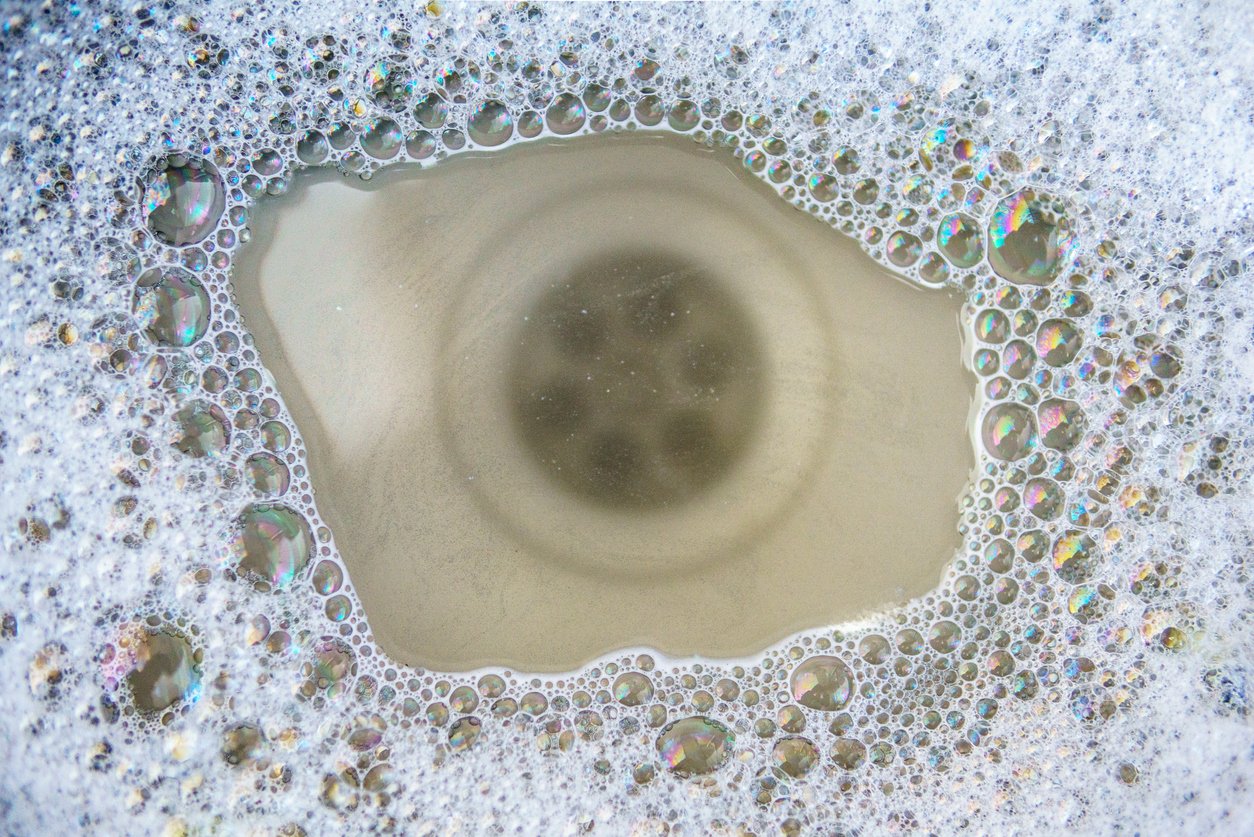The Importance of Regular Drain Inspections
Our home’s plumbing system is one of its most essential components, yet it often goes unnoticed until a problem arises. Drains, in particular, play a vital role in maintaining the smooth flow of wastewater away from our living spaces. Despite their importance, they are frequently neglected until a blockage or leak demands immediate attention. Regular drain inspections are a simple yet effective way to ensure your plumbing system remains in optimal condition. By identifying and addressing issues early, you can prevent costly repairs, maintain a healthy home environment, and extend the lifespan of your plumbing infrastructure. In this blog, we’ll explore the importance of regular drain inspections, what they involve, and what you can expect from the process.
Why Regular Drain Inspections Are Crucial
Maintaining a home involves various tasks, and among the most crucial yet often overlooked is regular drain inspection. Drains are the unsung heroes of our plumbing system, ensuring wastewater is efficiently removed from our homes. When functioning correctly, they go unnoticed; however, when problems arise, they can lead to significant inconveniences and expensive repairs. Here are key reasons why regular drain inspections are essential:
Prevent Blockages and Clogs: Regular inspections help identify potential blockages early. Common causes of clogs include hair, grease, soap scum, and foreign objects. Early detection prevents complete blockages that can cause water to back up into your home.
Identify and Repair Leaks: Small leaks can develop into significant problems if left unaddressed. Regular inspections help spot leaks early, preventing water damage to your home’s structure and mold growth.
Extend the Life of Your Plumbing System: Consistent maintenance and inspections can significantly extend the lifespan of your plumbing system. Identifying and resolving minor issues prevents them from developing into major problems that require costly repairs or replacements.
Ensure Efficient Water Flow: Regular inspections ensure that your drains are functioning efficiently, allowing for the smooth flow of water and waste. This efficiency helps maintain a healthy and hygienic home environment.
Recommended Frequency for Drain Inspections
The frequency of drain inspections can vary depending on several factors, including the age of your plumbing system, the size of your household, and the type of drains you have. However, a general recommendation is to have a professional inspection at least once a year. Homes with older plumbing systems or higher usage may benefit from more frequent inspections, such as every six months.
What a Drain Inspection Involves
Drain inspections typically involve several steps to ensure a comprehensive assessment of your plumbing system:
Visual Inspection: The plumber will visually inspect the accessible parts of your plumbing system to identify obvious signs of damage, corrosion, or wear and tear.
Video Camera Inspection: A small, flexible camera is inserted into the drains to provide a detailed view of the interior. This technology allows plumbers to identify blockages, cracks, leaks, and other issues that are not visible during a visual inspection.
Water Flow Testing: The plumber may test the water flow to ensure it is draining efficiently. Slow drainage can indicate partial blockages or other underlying issues.
Common Findings During Drain Inspections
During a drain inspection, plumbers might uncover a variety of issues, including:
Blockages: Accumulations of hair, grease, soap scum, and other debris can form blockages. Early detection and removal prevent complete clogs and backups.
Leaks: Small leaks can develop due to corrosion, loose connections, or damaged pipes. Identifying leaks early prevents water damage and mold growth.
Tree Root Intrusions: Tree roots can infiltrate pipes through small cracks or joints, causing blockages and potential pipe damage. Removing roots and repairing the pipes is crucial to prevent further issues.
Pipe Corrosion: Older pipes, especially those made of metal, can corrode over time. Corrosion weakens the pipes and can lead to leaks or bursts if not addressed.
Structural Damage: Cracks, fractures, or collapsed sections of pipes can occur due to shifting soil, freezing temperatures, or other factors. Repairing structural damage is essential to maintain the integrity of your plumbing system.
What to Expect from Inspection Findings
After the inspection, the plumber will provide a detailed report of their findings. This report typically includes:
Identification of Issues: A clear explanation of any problems detected during the inspection.
Recommendations: Suggested repairs or maintenance tasks to address the identified issues.
Cost Estimates From Their Company: An estimate of the costs associated with the recommended repairs or maintenance. You can always seek out other estimates to get the best deal.
Timeline: A proposed timeline for completing the necessary work.
Proactive Maintenance: The Key to a Healthy Home Plumbing System
Regular drain inspections are an integral part of home maintenance. They help prevent blockages, identify leaks, extend the life of your plumbing system, and ensure efficient water flow. By scheduling annual inspections and addressing any issues promptly, you can avoid costly repairs, maintain a healthy home environment, and enjoy peace of mind knowing your plumbing system is in good condition.

